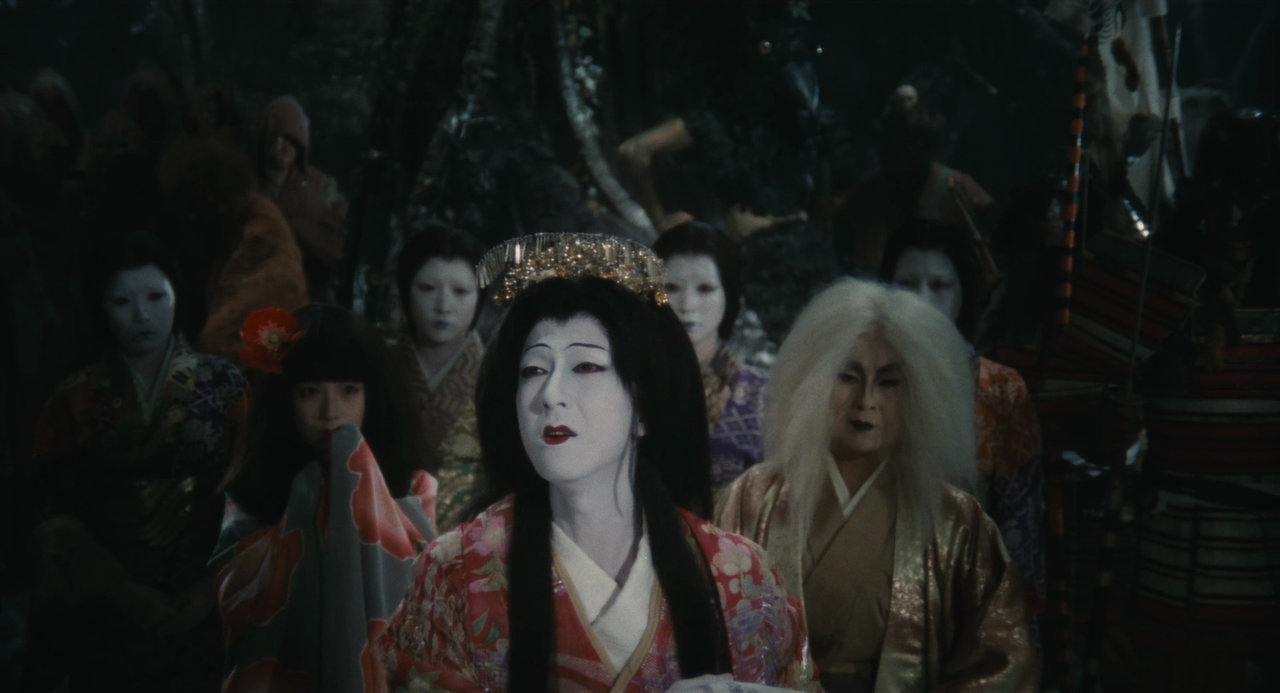
""His name is Nuppeppo. Japanese monster," the man sitting next to us said, grimacing and holding up his fingers like claws. He was wearing a headband that made it look like an axe was buried in his skull. It was Halloween in Shinjuku, and I was holed up with a friend in a tiny bar up a steep flight of stairs underneath a stained-glass window modeled after one in Dario Argento's "Suspiria." Outside in the Times Square of Tokyo,"
""Gacha" are ubiquitous in Japan, and we'd gone to one of the larger hubs, lined with brightly lit rows of coin-operated machines dispensing every type of plastic trinket you can imagine. (One offered a selection of tiny Dyson vacuums.) The one that drew me was filled with small vinyl Nuppeppos designed by an artist who called herself "Mysterious Lisa," in colors like "Melon Green" and "Jellyfish Blue." A flyer inside the shell offered vinyl molding workshops for aspiring toy designers, led by the artist herself."
"I'd seen Nuppeppo before, in an encyclopedia of Japanese folk monsters illustrated by the legendary manga artist Shigeru Mizuki. A faceless, foul-smelling lump of rotting flesh with arms, it could be spotted lumbering out of graveyards in Old Kyoto at night, startling anyone who dared to take shelter under the incense-scented wooden roof of a Buddhist temple. "Mysterious Lisa" had molded its folds to form an eyebrow ridge, a nose, and even what appeared to be a smile. It looked quite content, actually."
A Halloween evening in Shinjuku frames an encounter with Nuppeppo through conversation, costume, and small urban spaces. Gachapon machines dispense tiny vinyl Nuppeppos by an artist named Mysterious Lisa, complete with workshop flyers for aspiring toy designers. The folkloric Nuppeppo appears in classic encyclopedias as a faceless, foul-smelling lump of rotting flesh that lurks near graveyards and temples in Old Kyoto. Nuppeppo functions as an example of yokai, animistic beings that inhabit natural and urban places alike, blending the eerie and the familiar in contemporary street-level experiences.
Read at Roger Ebert
Unable to calculate read time
Collection
[
|
...
]